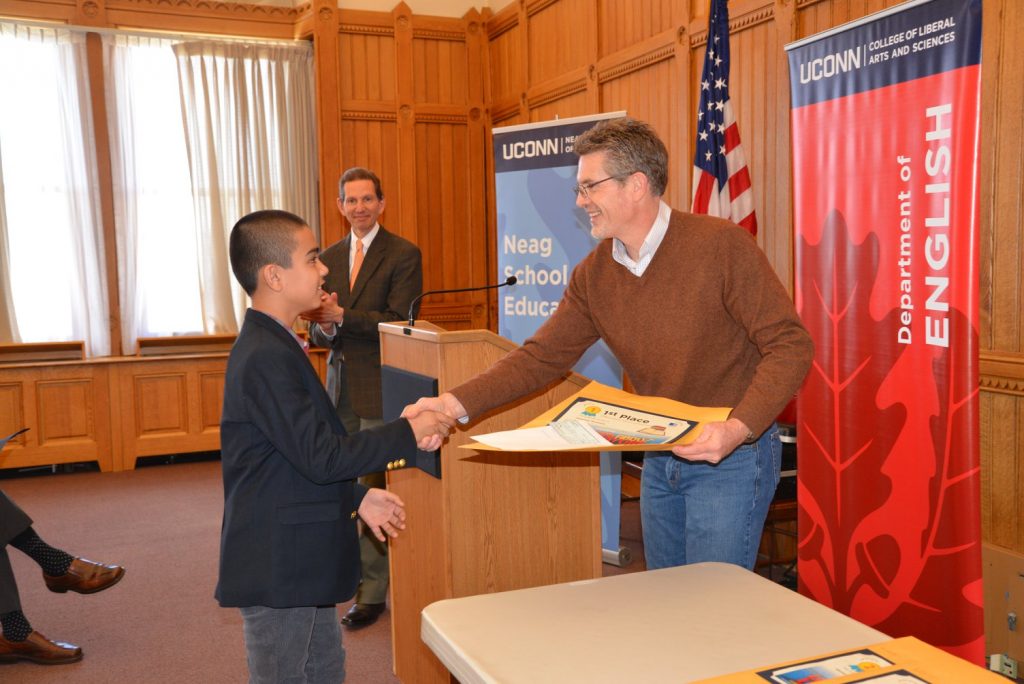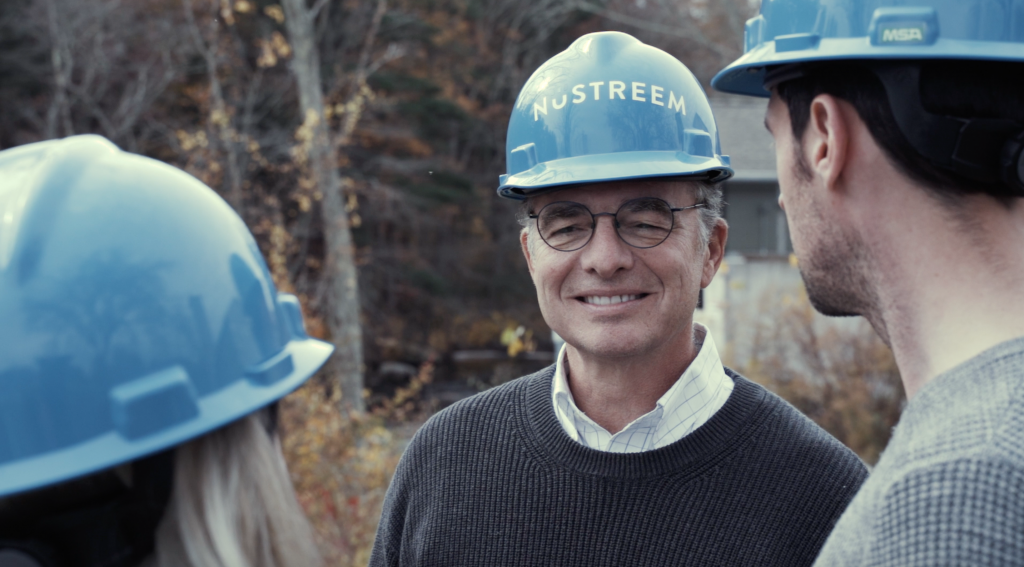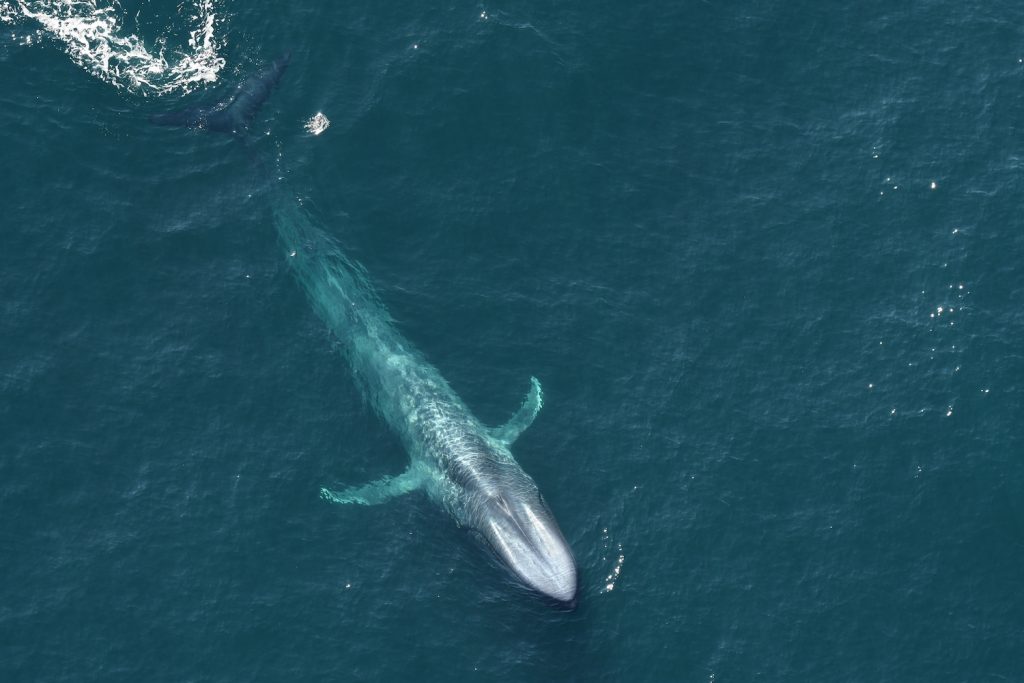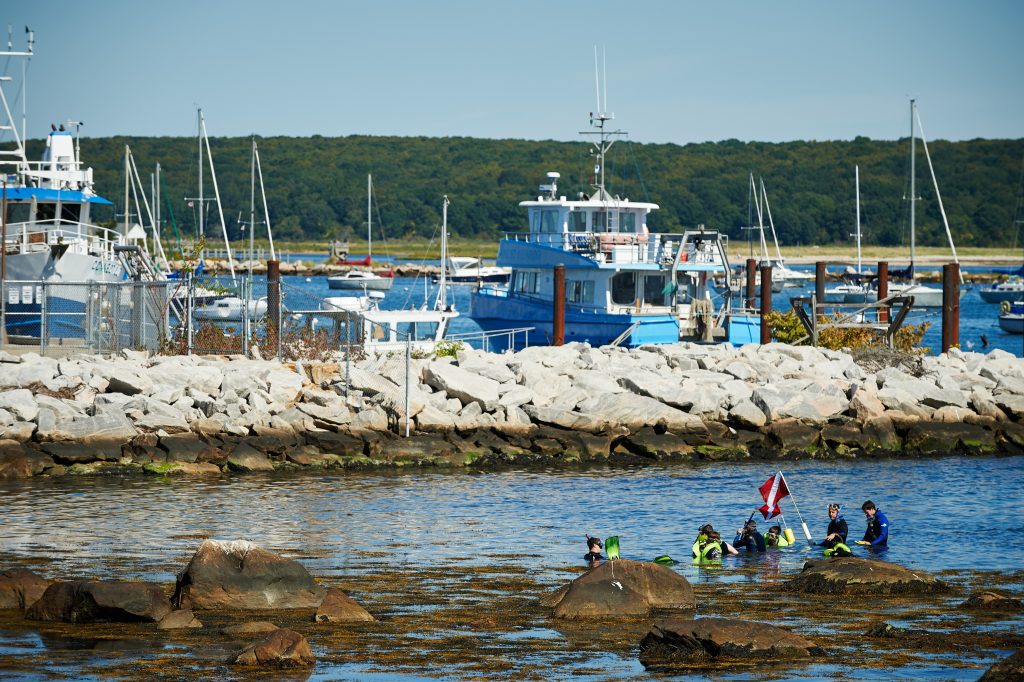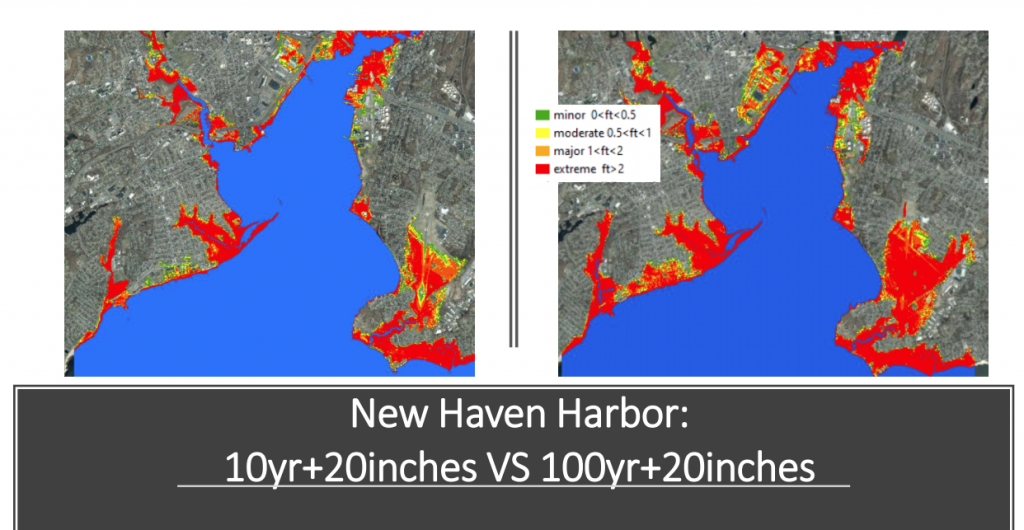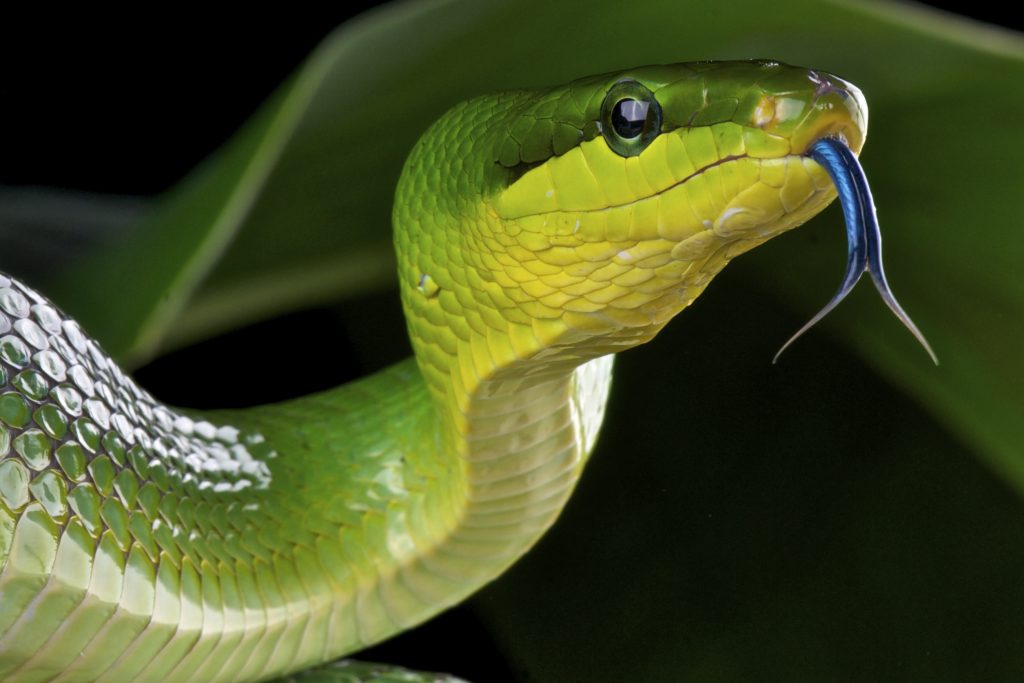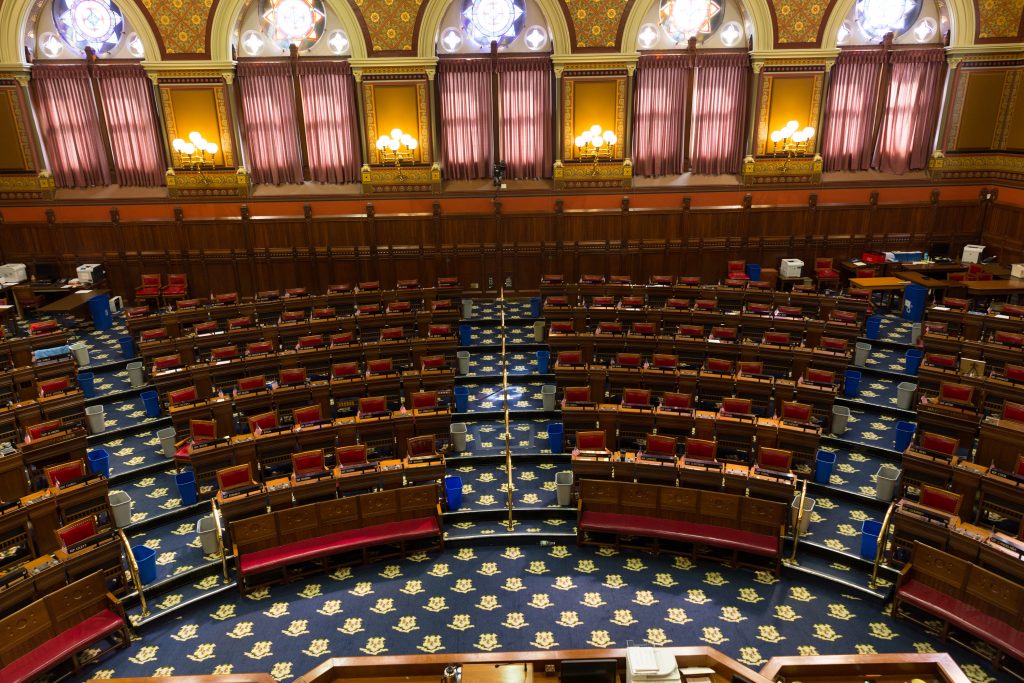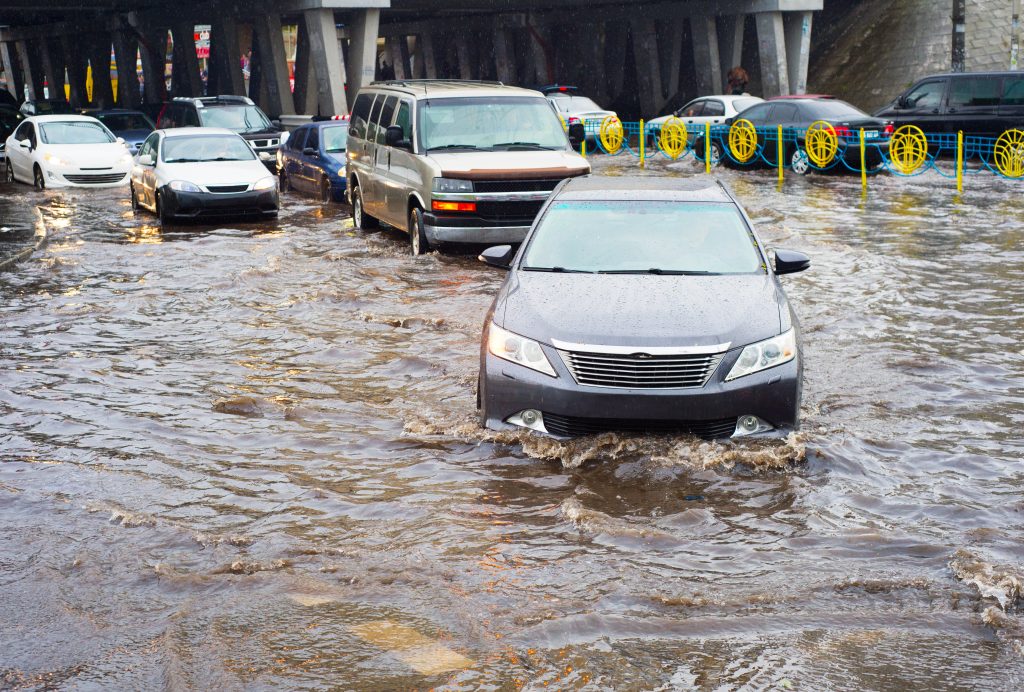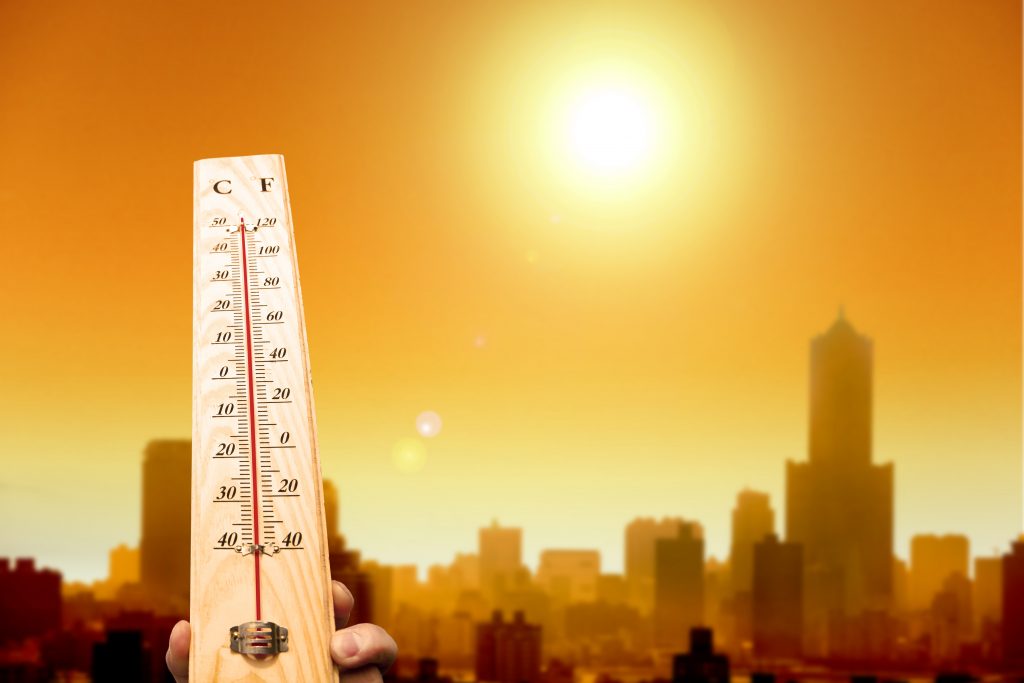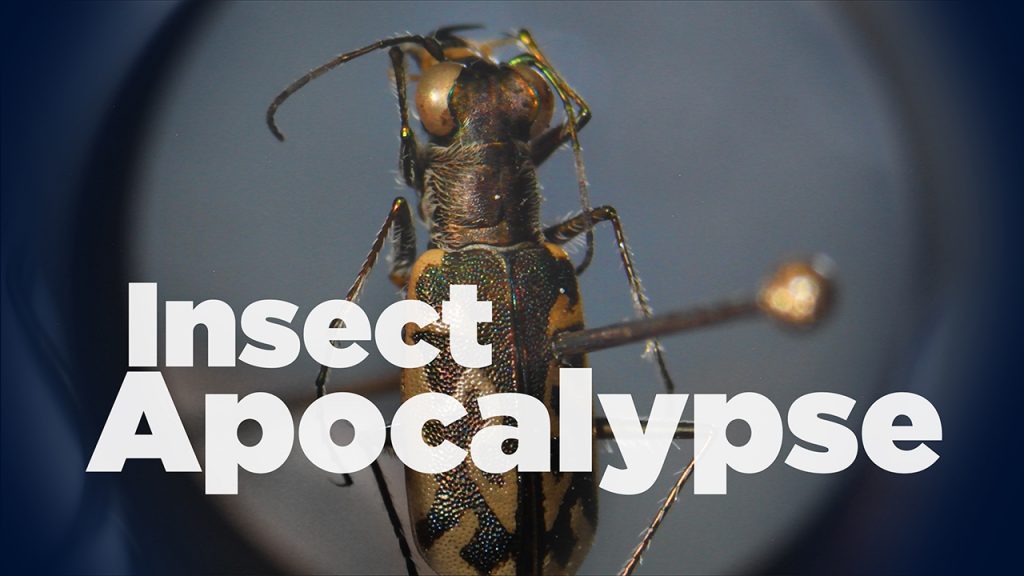Sustainability
Their Efforts Today Will Impact the State, and the World, for Decades to Come
UConn researchers working in the environment, documenting people’s lives during the pandemic, and teaching children to write better will have profound implications in the future
July 15, 2021 | Amanda Song
How an Alumnus-Run Company is Putting a New Spin on an Ancient Renewable Energy
Making hydroelectric power affordable and compact for an era where clean energy is in growing demand
July 12, 2021 | Eli Freund
Opening Protected Area Off New England Coast to Commercial Fishing Compromises Protections
The Northeast Canyons and Seamounts Marine National Monument is wildlife-rich area
July 9, 2021 | Combined Reports
Throwing Nitrogen Out with the Stormwater: UConn Extension Educator, Team Helps Coastal Communities Reduce Runoff Pollution
A team of UConn researchers is training students and providing coastal municipalities in Connecticut with green infrastructure plans to reduce stormwater runoff
For Future Flood Control, Cities Need Strategy
What we consider a 100-year event is a conservative version of a 10-year event plus 20 inches—what will be a normal flood in 2050
July 1, 2021 | Kim Krieger
Smelling in Stereo: The Real Reason Snakes Have Flicking, Forked Tongues
Long misunderstood, snake tongues have fascinated naturalists for centuries
June 25, 2021 | Kurt Schwenk, Department of Ecology and Evolutionary Biology
Expanding Climate Resilience with Forward-Thinking Policy Initiatives
Looking to other states for best practices and adapting them for Connecticut's needs
June 25, 2021 | Elaina Hancock
Don’t Get Soaked: Flood Damage Could Lessen if Cities Build Smarter
More pavement means more damage from floods
June 24, 2021 | Ryley McGinnis for UConn Today
CIRCA Webinar Presents Changes to Land Surface Temperature, Land Use in New Haven, Fairfield Counties
'Heat islands' in urban areas have experienced a five-to-10-degree temperature increase over the past 20 years
June 23, 2021 | Anna Zarra Aldrich, College of Agriculture, Health and Natural Resources
Confronting the ‘Insect Apocalypse’
A period of mass extinction threatens insects - and the humans and animals who depend on them
June 22, 2021 | Thomas Rettig
